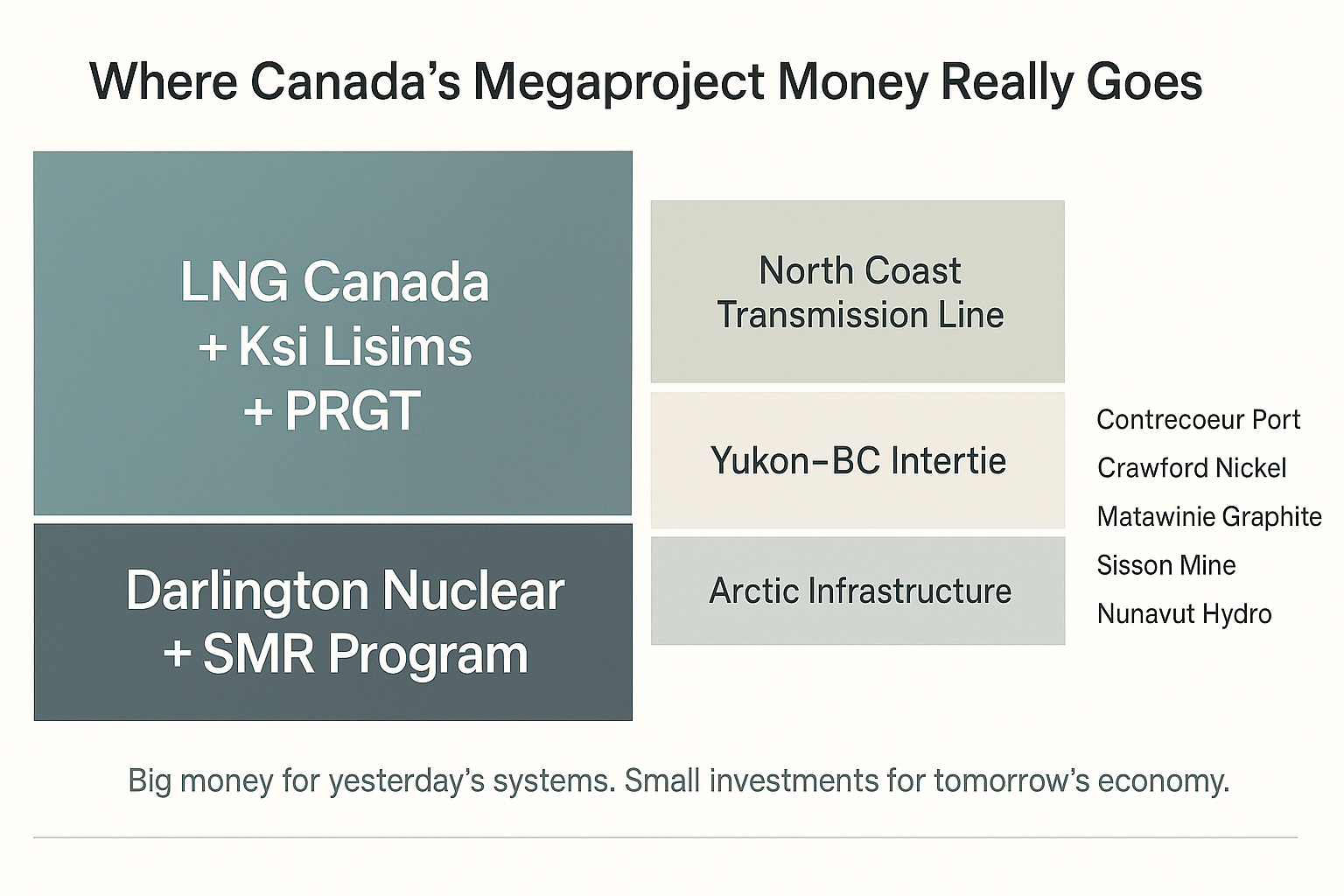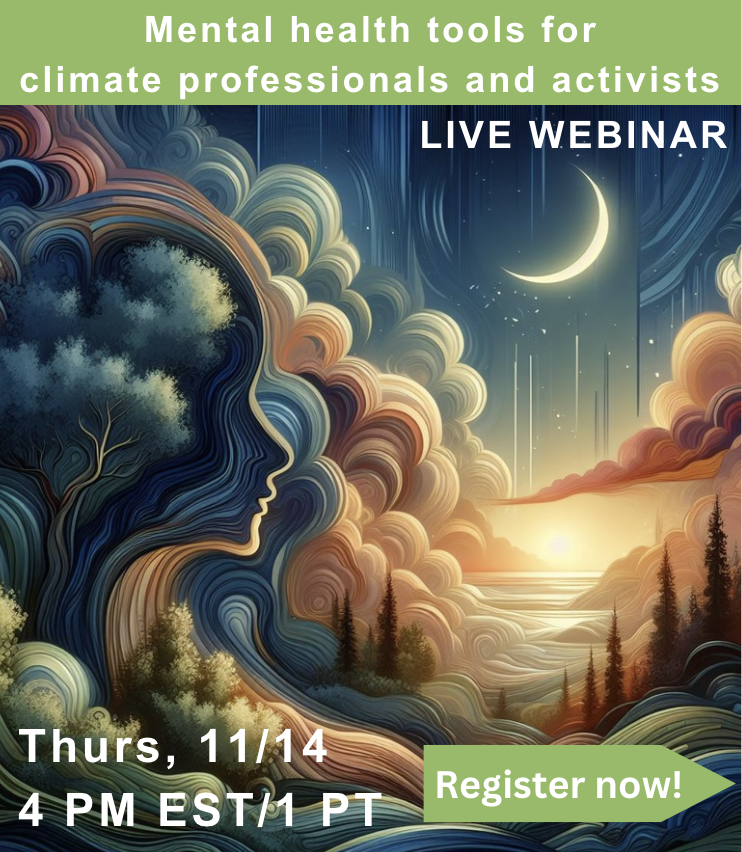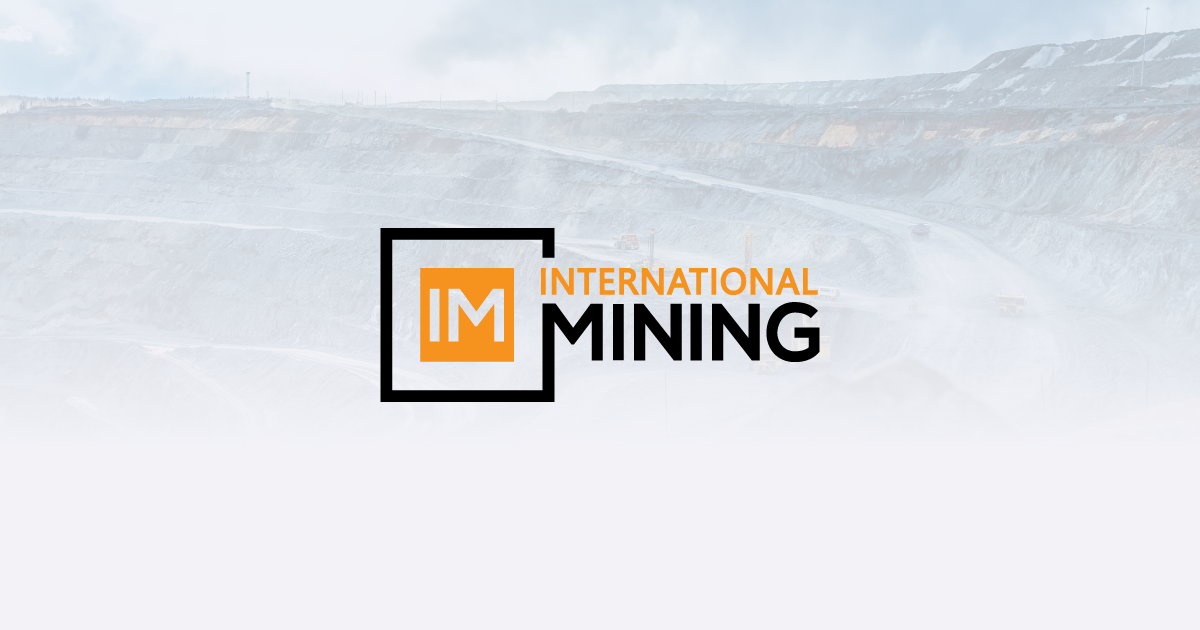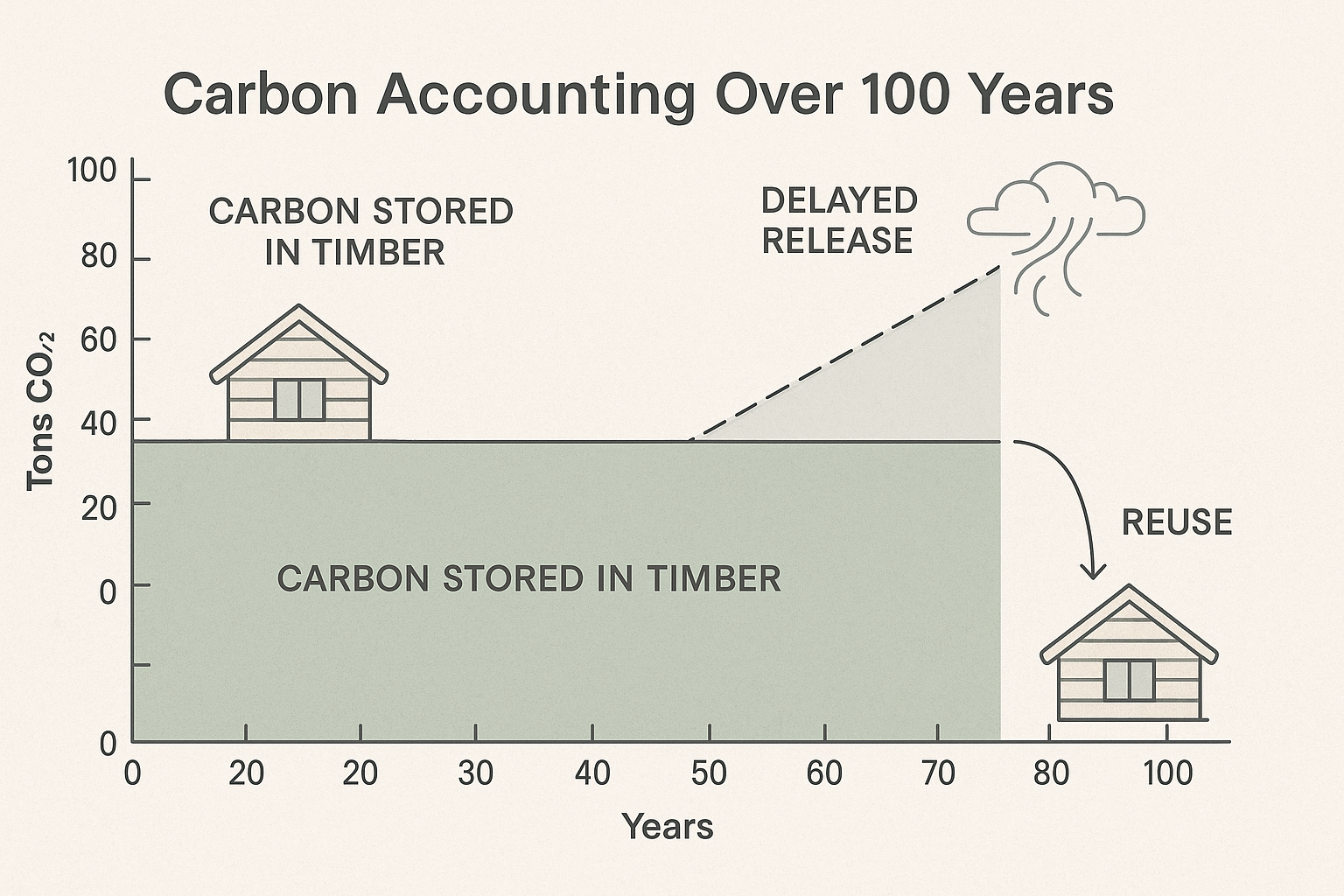Mining faces an intriguing set of new supply and demand curves, from copper shortages driven by AI data centres to the nuclear comeback lifting uranium’s prospects.
Staying ahead now means making faster, smarter subsurface decisions. And that’s where Seequent comes in, building integrated geoscience and geoengineering platforms that connect people, data and decisions.
The Northern Miner’s Devan Murugan sat down with Seequent Segment Director for Mining, Janina Elliott, to unpack how digital tools are reshaping the future of mining.
Devan Murugan: Hi, Janina, thanks very much indeed for talking to us.
Janina Elliott: It’s my pleasure. Thanks for having me.
DM: Well look, mining companies are operating in a very interesting space these days, right? I mean, there’s mounting geopolitical shifts, tighter regulation and investor pressure. Just as a quick curtain raiser to start things off, how does Seequent help mining companies stay agile and adapt quickly?
JE: Yeah, that’s absolutely right. The times today are truly challenging. There’s a lot of market volatility and that raises challenges across the mining chain.
They’re different for juniors versus the operators, but ultimately it all drives everyone within the mining chains to adapt to these environments. Seequent provides a digital way of interacting with this new environment to build resilience and to build agility overall.
Technological change is widely recognized as key to optimizing processes for operators, juniors, and explorers. This is where we come in – particularly through development such as our active cloud platform, Evo.
Evo enables companies to integrate their existing software stack streamline workflows, and optimize processes in a seamless digital space. It’s about creating data flow and improving efficiency across the mining chain.
DM: You talk about unlocking new value – that’s central to what you do here – through rapid reconfiguration of operations. What does that look like in practice at a mine site using Seequent’s tech?
JE: There’s a number of different ways it can be done. Rapid reconfiguration is what’s needed, but that’s not an easy thing to achieve because it’s associated with a cultural change.
We can bring a lot of different technological options to the table, but it’s truly about how employees interact with the data that they’re given and how well they can perform in this particular space with this new mindset around agility, introducing real-time information into the day-to-day work.
It’s not about checking off lists anymore, it’s about being active and proactive with the data that we receive. That’s a whole new way of working and this is where we can help.
DM: And it’s interesting you mention that, because so much of that involves shifting from this traditional workflow towards this integrated system. What’s the biggest operational change miners experience when they adopt tools like Leapfrog Geo or MX Deposit that you speak of?
JE: There’s a number of ways that the work needs to change. It comes down to visibility into several different categories along the mining chain, not just a specific geoscience focus that one geologist might have. Being able to learn from each other and to understand contextual information suddenly flowing across the board is key.
This is really where optimization comes in – by being able to look across data that flows from one part to the next, and creating an iterative cycle of understanding and learning that derives from the technology employed. It’s about communicating and collaborating in the right space, and this is what we’re trying to bring to our customers.
DM: I’d love to hear a typical example where things have changed using the newer Evo platform because it promises integrative workflows. Can you give us an example of how it did simplify things, especially collaboration?
JE: Yes, absolutely. One of the aspects it takes care of is reducing the amount of time that a geologist has to deal with manual labour. This an area where many geoscientists are really struggling. They’re spending a lot of time with data wrangling and core handling for example, instead of applying their expertise.
With Evo, we’ve created a platform that has a number of cloud-enabled applications directly linked into the platform. It allows for fast computation, it allows for data flow. When I talk about labour-intensive pieces across the mining chain, it starts, for example, in the core shed, right? A geologist comes in and spends a ton of their time trying to handle the core, trying to handle the data generated from it, not even having the opportunity to truly tackle that complex geology that’s laid out in front of them.
By reducing these types of labour-intensive aspects – through, for example, a product that we created called Imago – it’s possible to reduce that time spent through automated approaches. This brings the data in faster to collaborate afterwards and really untangle that complex geology.
And when I say collaboration, it’s about bringing that information quickly into aspects such as Leapfrog Geo, where the 3D modelling can be done not just within a smaller team, but across different teams. There are opportunities to share through products which are also cloud-enabled, such as Seequent Central. This brings true transparency to the process overall.
Beginning from the core shed all the way to geological modelling, and downstream to active operations, those processes need to be interlinked with each other. And that’s exactly what Evo does. It brings all the different geoscience teams together to be more agile in their approach.
DM: I’m getting the sense, as we wrap up here, that really time is the currency for mining companies, right? And this is what it gives them because it just sidebars so many things that one would ordinarily spend so much time on.
JE: Yes, absolutely. Sometimes 80-90% of their time is spent data wrangling. And particularly when it comes to the analytical components. We talked about the labour-intensive tasks which make sense to automate, and it also reduces risk in that environment, but it also comes down to clever data analytics. This is where we want to support the geologists as well.
We’ve created an app in the upstream part of the mining chain called Driver that really tackles geology from the drillhole in order to understand structural constraints, and where your targets really are before even entering a 3D modelling space.
Geologists are often quite hampered by existing deposit models, sometime due to a lack of data, but also an overwhelming amount of information that needs to be streamlined. Driver is one of the apps that really helps with that. It gives an idea of what happens in terms of geological complexity before we go ahead and put models on it by putting a specific constraint or framework around it.
It lets mathematics and the data speak for itself to define domains and structure, and move on into more optimized frameworks for geological understanding and targeting thereafter.
DM: A final question before I let you go. You know, often you would get mining companies paying lip service to digital transformation, as they say, right? But looking ahead to the next 12 to 18 months, what key signals should investors or mining partners watch out for in companies that are genuinely using subsurface intelligence?
JE: It’s about how these individual companies share their information in a transparent fashion. How much insight they’re providing and whether they do this through technological means. By having the collaborative portfolio in place such as Seequent Central, it allows not only for geoscience teams internally to share information across, but also externally. It’s important to get stakeholders involved through intuitive, transparent, and visual means to really show the information and start a dialogue.
The mining industry is really in a place right now where it needs to change the perception that it has in communities – like how we work, that we really hit ESG targets, that we want to work with communities – and it has to be done through communication. Technology is one way of doing it to invite everyone to the table and truly have an understanding of where we are headed and what we wish to achieve.
This is where you build stakeholder confidence. And not just for our overall communities, but also investors. That’s really important to do. Technology can help with that.
DM: Yes, it sounds compelling, indeed. Well, thanks very much indeed, Janina Elliott, Segment Director for Mining at Seequent. It’s been a pleasure speaking with you.
JE: It’s my pleasure. Thank you very much for having me today.
Watch the full interview below:
The preceding Joint Venture Article is PROMOTED CONTENT sponsored by Seequent and produced in co-operation with The Northern Miner. Visit www.seequent.com for more information.




